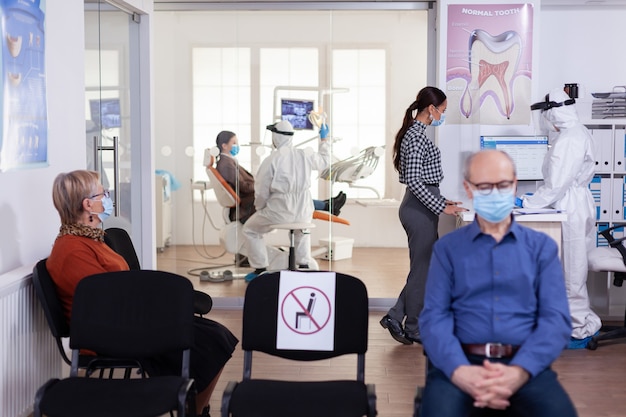
A simple thumb test can help identify a hidden aortic aneurysm, which could be life-threatening if not treated, according to a new study. This test, developed by experts at Yale New Haven Hospital’s Aortic Institute, involves holding your hand as if signaling someone to stop, then stretching your thumb across your palm. If your thumb extends past the edge of your palm, it might indicate an aneurysm, which is an abnormal bulge in the main blood vessel carrying blood from the heart to the body.
This thumb flexibility suggests that the person’s long bones are too large and their joints are loose, potentially indicating connective tissue disorders affecting the entire body, including the aorta. The study, which involved 305 heart surgery patients, was published in the American Journal of Cardiology. These patients were treated for conditions like ascending aneurysms, valve repair, and coronary bypass grafting. In 2018, aortic aneurysms were responsible for 992 deaths.
The study found that most people with aneurysms don’t show a positive thumb-palm sign, but those who do have a high likelihood of having an ascending aneurysm. However, researchers caution that not everyone with a positive test has an aneurysm, and these can take years to develop to a dangerous point, so a positive result shouldn’t cause panic.
Dr. John A. Elefteriades, a professor at Yale and director emeritus of the Aortic Institute, emphasized that spreading awareness of this test could help identify silent aneurysm carriers and save lives. He and his colleagues have incorporated the thumb-palm test into medical student training and have tested individuals at risk of developing an aneurysm.
Aortic aneurysms are challenging to detect early, according to Elefteriades. The main issue is identifying affected individuals before the aneurysm ruptures. In 2018, aortic aneurysms caused 992 deaths, with about half of these occurring in men. Smoking is linked to about 75% of abdominal aortic aneurysms, and the US Preventive Services Task Force recommends that men aged 65 to 75 who have ever smoked undergo ultrasound screening for abdominal aortic aneurysms, even if they show no symptoms.
An abdominal aortic aneurysm is diagnosed when the abdominal aorta is 3 centimeters or more in diameter. The normal diameter of the thoracic aorta varies based on age, sex, and the specific part of the aorta being measured. During a physical exam, doctors may check for an aortic aneurysm by feeling the abdomen, listening for heart murmurs, checking blood flow in the limbs, and looking for signs of conditions like Marfan and Ehlers-Danlos syndromes.
Screening for aortic aneurysms is typically done with an ultrasound, which can reveal if the aorta is larger than normal. If an aneurysm is suspected, further tests like a CT scan or MRI may be recommended to get more details about its shape and location. Echocardiography provides information about the size of the aortic aneurysm and the thoracic aorta near the heart, while MRI offers insights into the aneurysm’s shape, size, and position.
Certain groups may be screened for thoracic aortic aneurysms, including those with Marfan, Loeys-Dietz, Ehlers-Danlos, or Turner syndrome, and first-degree relatives of patients with thoracic aortic aneurysms or bicuspid valve-associated aneurysms. Screening for abdominal aortic aneurysms is recommended for men aged 65 to 75 with a history of smoking or a family history of the condition, as well as for older adults with other risk factors.












































